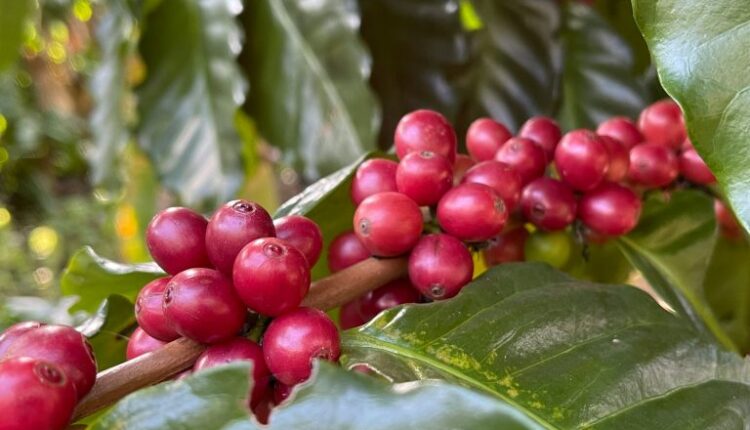Researchers Develop Drone-Based Software To Detect Coffee Berry Borer Infestations – CoffeeTalk
Edith Cowan University (ECU) researchers have developed a drone-based software to detect coffee berry borer infestations by spotting the debris they leave behind. This technology could potentially save crops and benefit global coffee production. In 2023, the coffee industry lost over $1 billion due to the tiny but devastating pest called the coffee berry borer. This insect burrows into coffee berries, ruining crops and threatening coffee supplies around the world.
To tackle the problem, ECU researchers turned to innovative image-processing technology called L-systems. This software mimics the way human vision works, using color and shape detection to quickly spot signs of infection. Dr. David Cook, ECU lecturer, said that leftover debris is much easier to detect than the insect itself.
The speed of identifying a coffee berry borer is critical, as it allows farmers to make quick decisions about which parts of a crop might be infested with this particular pathogen and begin treating immediately. The research could have a huge economic benefit for farmers in coffee-producing countries, as it affects coffee in South America, Indonesia, and parts of Africa. If the infection is eradicated and saved a crop rather than losing a percentage of the harvest, it is a financial improvement.
The software system developed by Master’s student Chris Napier uses colored lattice squares to discover the size, shape, and number of berries as part of the anomaly-detection procedure. With many farmers now relying on drone technology, they can fly over a particular crop and with this software, they can very quickly identify areas affected by a range of different pathogens.
Adapting this technology to many different agricultural crops could be useful in crops that have bunches and groups, such as grapes. The technology could also be used for detecting infestation when looking at the understory of the plant rather than just on top, making it useful in crops with bunches and groups, such as grapes.
Read More @ SciTechDaily
Source: Coffee Talk



